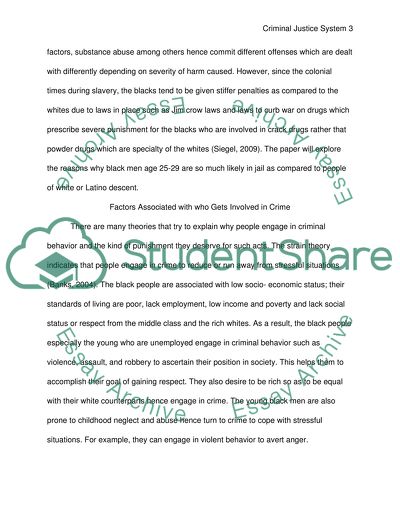Cite this document
(“CRIMINAL JUSTICE SYSTEM Term Paper Example | Topics and Well Written Essays - 2000 words”, n.d.)
Retrieved from https://studentshare.org/environmental-studies/1422876-why-black-men-age
Retrieved from https://studentshare.org/environmental-studies/1422876-why-black-men-age
(CRIMINAL JUSTICE SYSTEM Term Paper Example | Topics and Well Written Essays - 2000 Words)
https://studentshare.org/environmental-studies/1422876-why-black-men-age.
https://studentshare.org/environmental-studies/1422876-why-black-men-age.
“CRIMINAL JUSTICE SYSTEM Term Paper Example | Topics and Well Written Essays - 2000 Words”, n.d. https://studentshare.org/environmental-studies/1422876-why-black-men-age.


